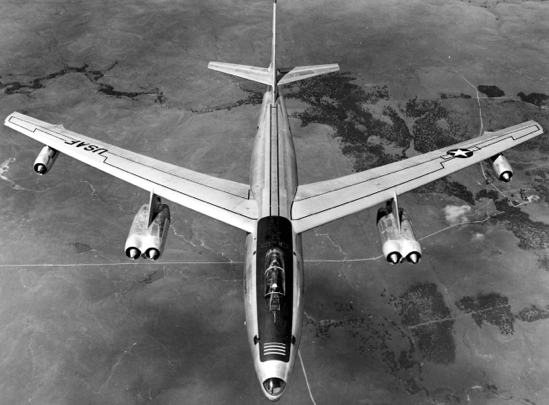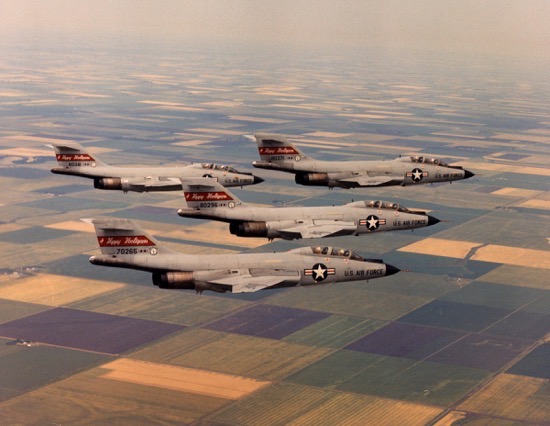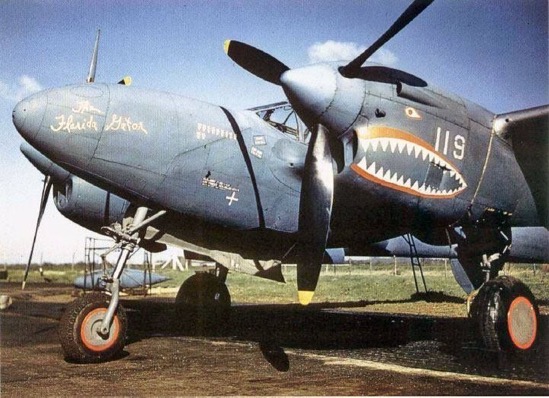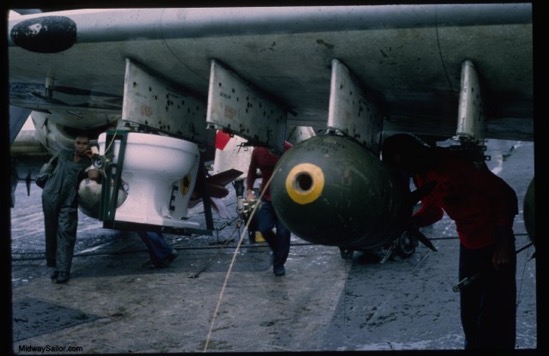Vengeance is mine
Sayeth Southwest Airlines, and it’s pretty gol-danged schweet.

Apparently, it could be a genuine, bona fide SWA Tweet. Although the linked article pooh-poohs that out of hand, saying that SWA hasn’t posted anything at all on X since January in favor of (UGHHGAGBLECCHHH!) Instagram, I’m with Fox Mulder: I WANT to believe! Whoever is behind this, GREAT one, guys.
































 - Entries
- Entries